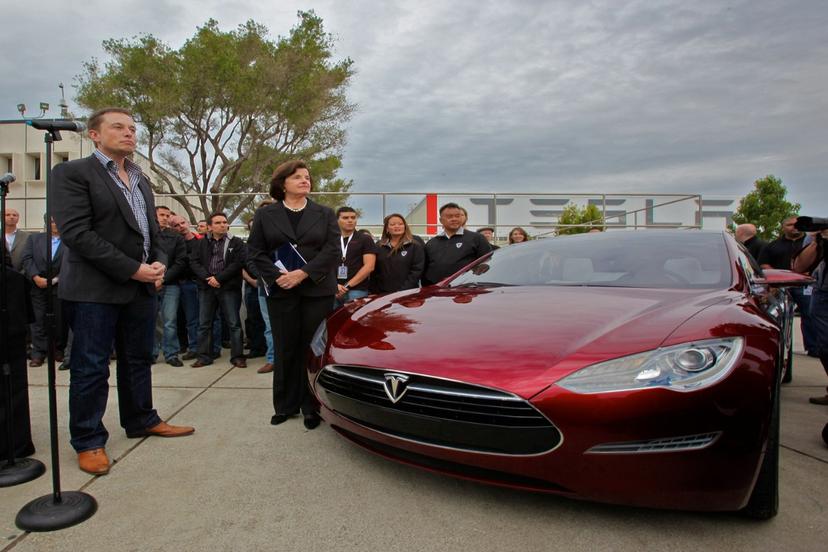Entrepreneurship

Background
Babysitting neighborhood kids, mowing lawns for a summer or two, or running a lemonade stand are each entrepreneurial jobs that kids and teens experience early on. They set their own hours, name the prices, and earn money. The entrepreneurial spirit has long been strong in kids and teens; this is evident in the number of junior achievement organizations, such as Future Business Leaders of America, devoted to the interests of young entrepreneurs. Although entrepreneurial enterprises are popular with teenagers, people often outgrow the ambition to embark on their own businesses because they need to support a family and pay rent or mortgage and don't want to risk financial security. But many people choose to break away from the norm and start their own companies. Some of the biggest corporations started out as small businesses: Coca-Cola was a concoction by a Georgian pharmacist who jugged his mixture in his backyard, and then carried it to Jacob's Pharmacy to sell for a nickel a glass; Henry Ford, who invented the quadricycle in 1896, was the man behind the origins of the automotive industry.
There are similar entrepreneurial success stories today, as people establish companies on the basis of diverse products and services. Sisters Dineh and Pooneh Mohajer and a man named Benjamin Epstein invented Hard Candy cosmetics by mixing nail polishes together and giving the colors names like Scam and Lava; the company made gross sales of over $10 million its first year of business. Dave Kapell invented Magnetic Poetry, words on magnetic strips, and now pulls in millions of dollars a year in sales. And when these people aren't running their businesses, they're telling their success stories on TV, in magazines, and on the Internet, to a public itching to quit their own jobs and set up offices at home.
It's not necessary to invent a new fashion trend or popular novelty to start a new business. The numbers vary from study to study, but in 2018 the U.S. Census Bureau reported that about half of the nation's nearly 31 million small businesses were home-based in the mid-2010s. Some of these businesses may be making big money, but most are simply making their founders comfortable. Many are individual enterprises with no employees. In addition to providing services and making good living wages, many small business owners are fulfilling their dreams. For example, a personal chef may find the ease and slower pace of creating individualized menus much more satisfying than the odd hours and frantic demands of a restaurant kitchen. A husband and wife may gladly quit their full-time jobs to open up their home as a bed and breakfast. The owner of an adult day-care service may see their business as an opportunity to give something valuable to the community.
Consulting is a popular entrepreneurial trend. The roots of consulting include the development of time-and-motion studies by Frank and Lillian Gilbreth in the early 1900s. They developed these studies to evaluate the efficiency of industrial employees' work habits. They were hired to survey the design of different companies and then prepare proposals to redesign the methods used in their operations and tasks. In response to the demand for their specialized service, Frank Gilbreth started a consulting firm that handled requests on a freelance basis. This was among the first consulting firms established in the United States. Today, hiring specialists is an established business practice. It can often be more cost effective to hire a specialist temporarily than to hire a full-time, salaried employee.
Owning a small business has been a part of the American dream since the earliest days of the country, and the era from the late 20th century until today has seen a great increase in entrepreneurial ambition. This may be in part due to the downsizing trends of American companies. Whereas earlier in the century, a person could work for one company until retirement, such job security has become rare. It's increasingly common for men and women in their 50s, and younger, to lose their jobs and find themselves with few job prospects. With severance pay in hand, these people often invest in the businesses they've been longing for, recognizing these ventures as no more risky than any other career pursuit. In the first half of the 20th century, a person chose a job path and stuck with it; today, people are more likely to experiment with a variety of careers throughout their lives.
Today, hundreds of colleges and universities offer courses and degree programs in entrepreneurship. There are also more organizations, periodicals, and Web pages advising people on how to start their own businesses and keep them running. Entrepreneur and Success magazines publish special issues devoted to small businesses, and they maintain Web sites. The Edward Lowe Foundation gives small business owners access to extensive databases, research, and conferences and publishes Entrepreneurial Edge magazine. The Small Business Administration (SBA) is the federal government's primary resource for small businesses, providing billions of dollars a year in loans to small business ventures, in addition to start-up kits, workshops, and research assistance. The Obama administration's economic stimulus package, introduced in 2008, included a strong focus on the needs and challenges faced by small business owners, which had been especially hard hit by the recent economic recession.
By the late 20th century, technology had made it easier to run a home-based business. Computer software, specially designed for a profession, takes much of the time and effort away from administrative details. E-mail and faxes allowed better communication, and the Internet provided market research, industry support, and ways to better promote a business. By the 21st century, these technologies had transitioned from being a support to businesses into being a means of doing business. Many home-based businesses are able to start up, market, and sell their products cost efficiently and with less risk using Internet sources.
